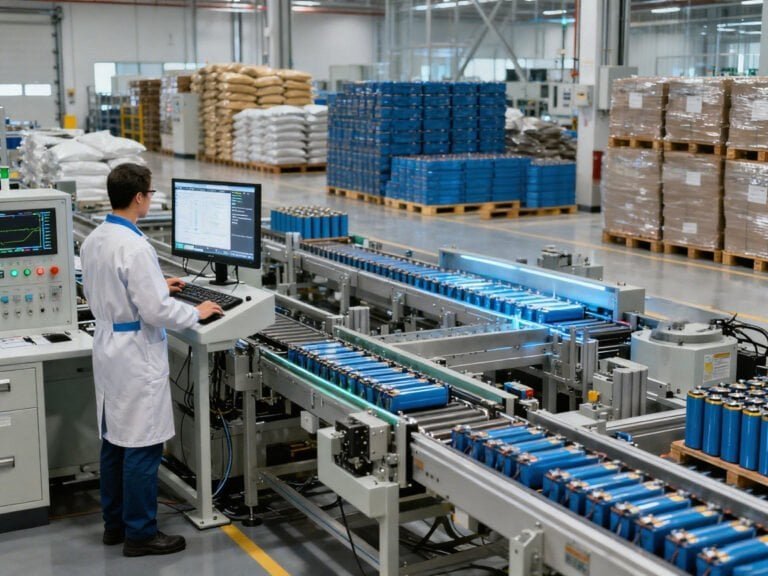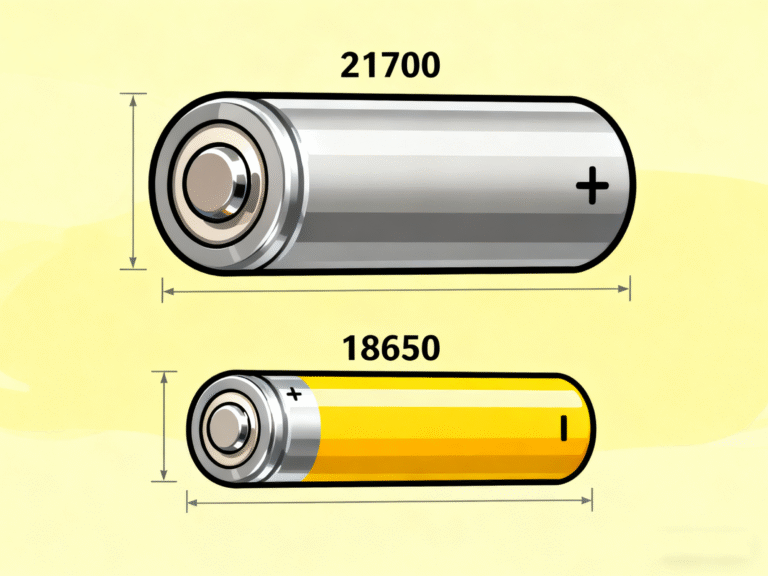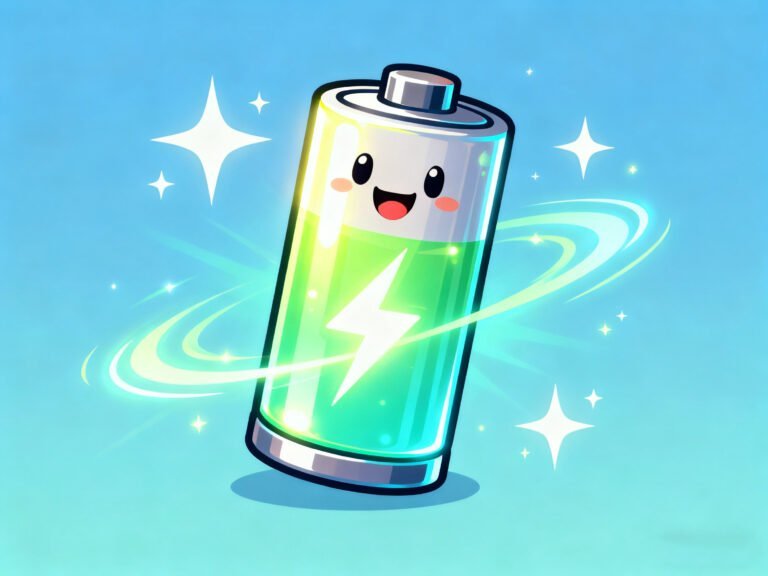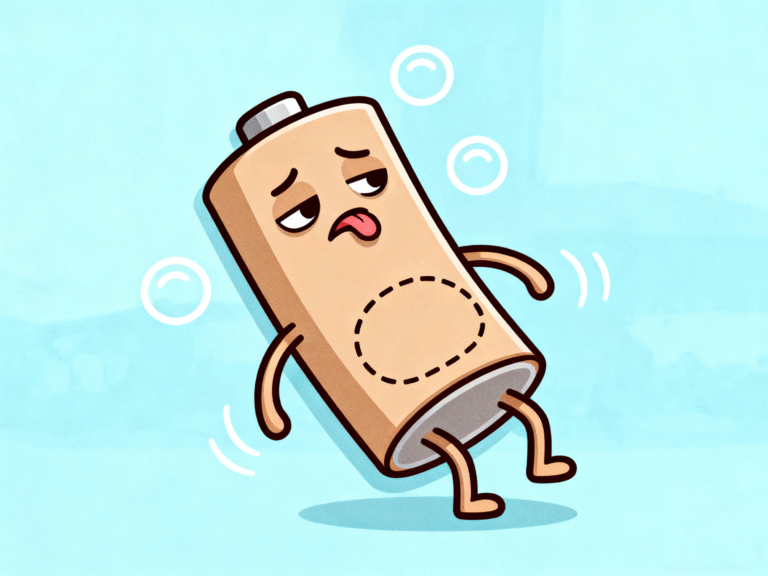In today’s rapidly expanding energy storage and electric mobility industries, the quality of lithium battery assembly determines not only performance but also safety and product lifespan. Whether for e-bikes, AGVs, robotics, or large-scale energy storage systems, a properly assembled lithium battery pack is the backbone of reliable power.
This article provides a comprehensive overview of the lithium battery assembly process, covering everything from cell sorting to final testing, while highlighting the importance of safety, quality control, and international certifications. It is designed as both an industry insight and a buyer’s guide for companies seeking reliable lithium battery pack manufacturers.
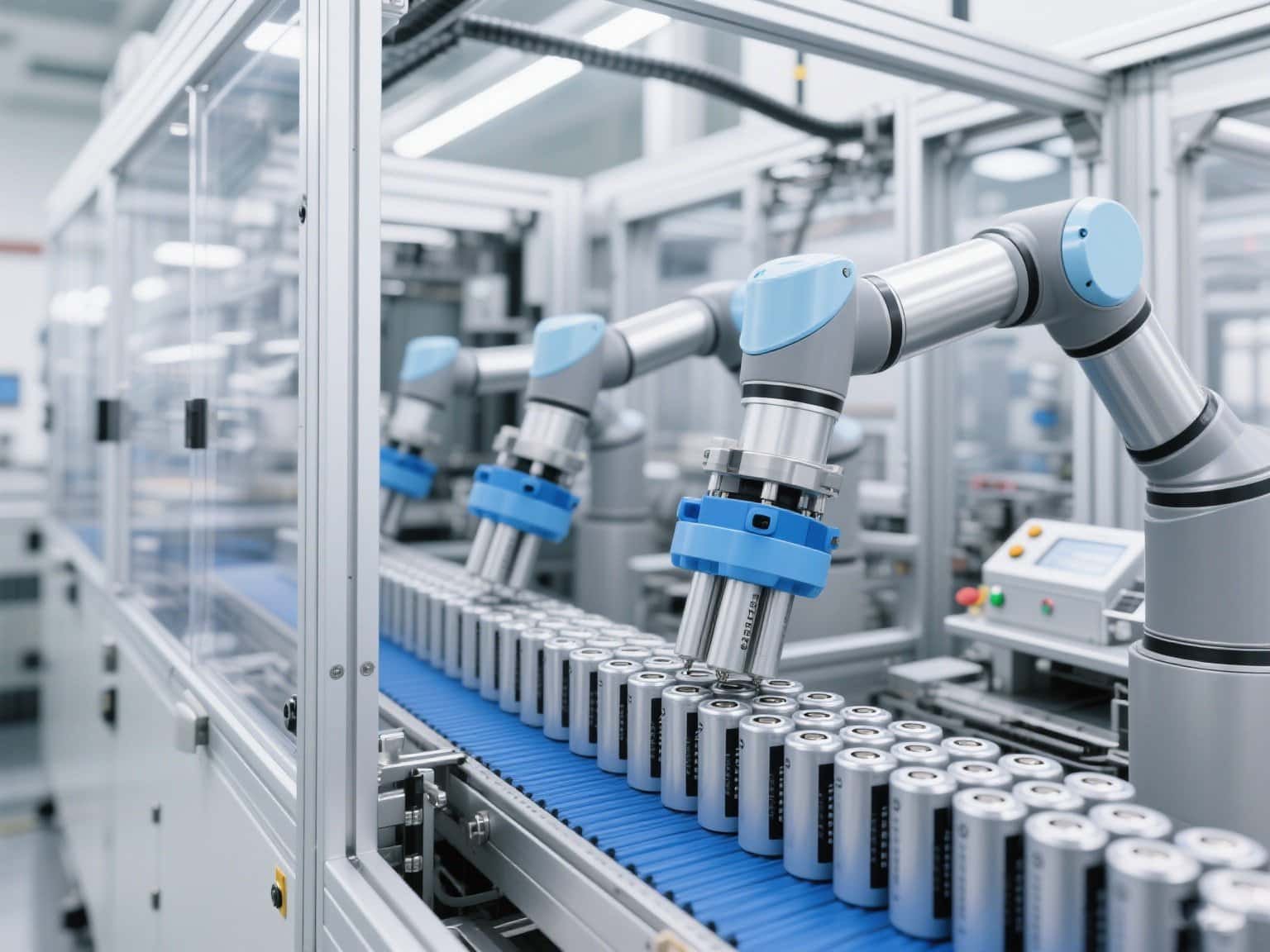
Part 1: The Complete Lithium Battery Assembly Process
Step 1 – Cell Selection and Sorting
The assembly process begins with cell selection, where high-quality lithium cells such as 18650 or 21700 are chosen.
Capacity Matching: Cells are tested for capacity and internal resistance.
Voltage Grouping: Only cells within the same voltage tolerance are paired together.
Consistency Check: Ensures that all cells in a pack discharge and charge uniformly.
👉 Proper cell sorting is the foundation of battery safety and lifespan. Poorly matched cells can lead to imbalance, overheating, and even safety risks.
Step 2 – Cell Arrangement and Structural Design
Once sorted, the cells are arranged into the desired configuration:
Series Connection (S): Determines the voltage of the pack.
Parallel Connection (P): Determines the capacity (Ah) of the pack.
Mechanical Design: Cells are held in place using plastic holders, brackets, or structural frames to prevent vibration damage.
Structural design is critical for applications like e-bikes and AGVs, where batteries face continuous movement and mechanical stress.
Step 3 – Welding and Electrical Connection
Welding is the process of connecting cells to form a pack. The two main methods are:
Spot Welding – A traditional method using nickel strips.
Laser Welding – Provides stronger, cleaner connections with minimal heat damage.
👉 Many modern factories adopt laser welding for its precision and durability, especially in high-current discharge packs used in robotics and power tools.
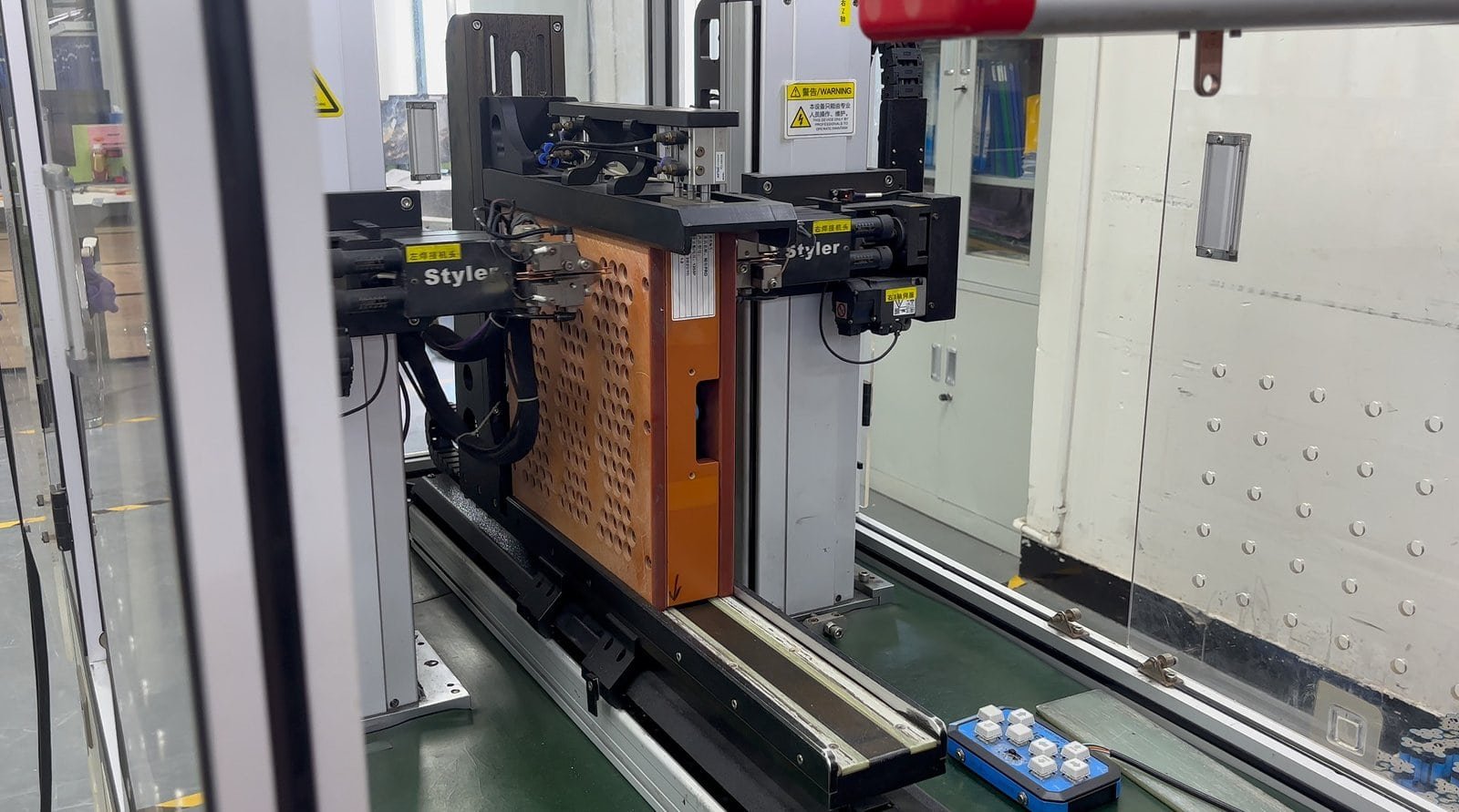
Step 4 – BMS (Battery Management System) Installation
The BMS is the “brain” of the battery pack, responsible for:
Monitoring voltage and temperature of each cell.
Protecting against overcharge, over-discharge, and short circuits.
Balancing cells to ensure consistent performance.
A smart BMS can even offer Bluetooth connectivity, enabling users to check battery health and usage data through a mobile app.
Step 5 – Insulation, Sealing, and Safety Protection
After BMS installation, the battery pack undergoes insulation and sealing:
PVC Wrapping: Commonly used for compact e-bike batteries.
Injection Molded Casings: Provide stronger mechanical protection.
Waterproofing: IP67 protection ensures safe use in outdoor environments.
Safety layers such as thermal pads, fuses, and protective frames are added to prevent overheating and physical damage.
Step 6 – Testing and Aging Process
Testing is the most crucial part of the lithium battery assembly process:
Initial Function Test – Ensures correct wiring and BMS function.
Charge-Discharge Cycle Test – Confirms rated capacity and efficiency.
Aging Test – Simulates long-term usage by cycling the pack under controlled conditions.
Safety Test – Drop, vibration, and short-circuit resistance are tested for international compliance.
👉 Only after passing strict quality checks can a battery pack be shipped to customers.
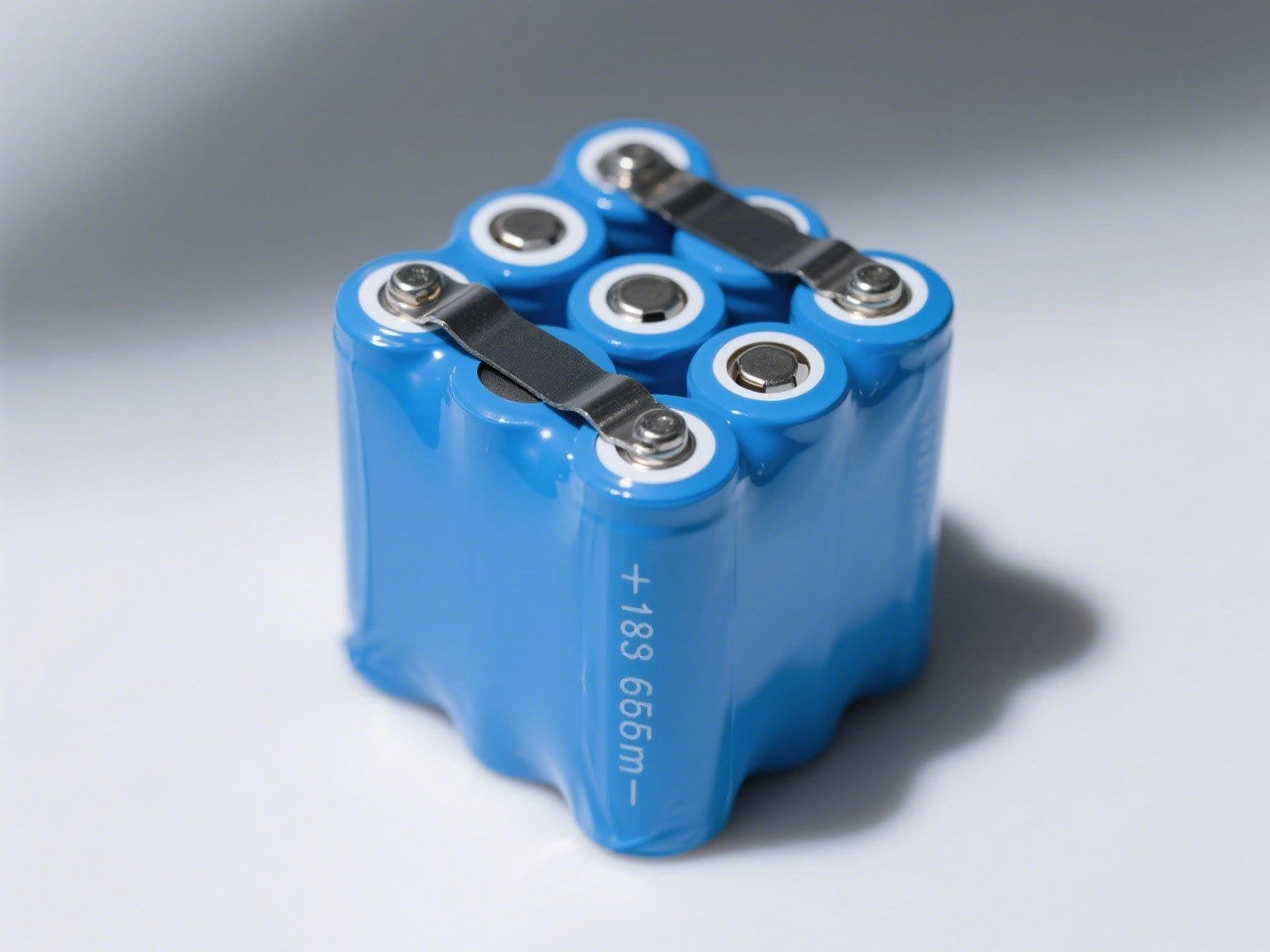
Part 2: Why Quality Assembly Matters
Safety Concerns in Poorly Assembled Batteries
Poor welding, inconsistent cells, or missing safety layers can result in:
Overheating
Swelling
Short circuits
Fire hazards
This is why reputable manufacturers emphasize ISO, UL, CE, and RoHS certifications.
For example: Dongguan Yizhan Electronics Technology Co., Ltd.
With 12 years of experience in lithium battery packs, we have served thousands of companies.
We have our own factory and provide comprehensive services from R&D to production.
We specialize in battery solutions for electric bicycles, electric motorcycles, electric wheelchairs, scooters, electric forklifts, robots, AGVs, electric tools, medical tools, and other fields!
Performance Benefits of High-Quality Assembly
Longer Cycle Life: Well-matched cells last significantly longer.
Higher Efficiency: Minimal energy loss during charge and discharge.
Stable Output: Essential for applications like e-bikes and industrial robots.
Part 3: Choosing the Right Lithium Battery Assembly Manufacturer
Key Factors to Consider
When sourcing lithium battery packs, consider:
Production Capacity – Can the supplier meet your volume needs?
Automation Level – Automated assembly ensures consistency.
Quality Control – Look for strict testing protocols.
Certifications – UL, CE, EN 50604, and RoHS compliance.
Benefits of Chinese Battery Assembly Factories
China is home to many of the world’s leading lithium battery factories. Advantages include:
Cost-effective production
Strong supply chain for cells and components
OEM/ODM customization for different applications
Proven track record in EVs and e-bikes
Case Study – E-bike Battery Pack Assembly
For example, an E-bike battery pack:
Uses 18650 or 21700 cells arranged in 10S4P or 13S5P formats.
Requires waterproof casing and vibration resistance.
Includes a smart BMS to monitor rider usage and extend lifespan.
Such solutions have been widely adopted in Europe and North America, where safety standards are strict.
The lithium battery assembly process is a precise and multi-step procedure that determines the safety, performance, and longevity of modern energy solutions. From cell sorting and welding to BMS installation and final testing, each stage plays a vital role.
For companies in the e-bike, robotics, AGV, and energy storage industries, choosing a reliable battery assembly manufacturer is essential to ensure product success. With the rise of automation and strict global safety standards, the future of lithium battery assembly is set to be smarter, safer, and more sustainable.

